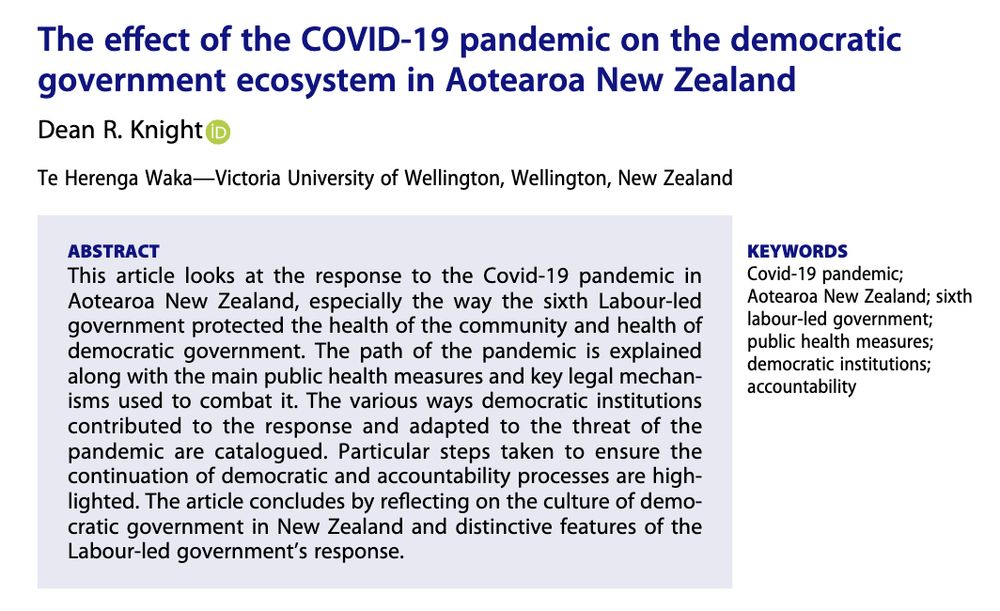Claire Timperley
@clairetimperley.bsky.social
140 followers
160 following
25 posts
Senior Lecturer in Political Theory and Aotearoa New Zealand Politics at Te Herenga Waka-Victoria University of Wellington. Pākehā. She/her.
Posts
Media
Videos
Starter Packs


















